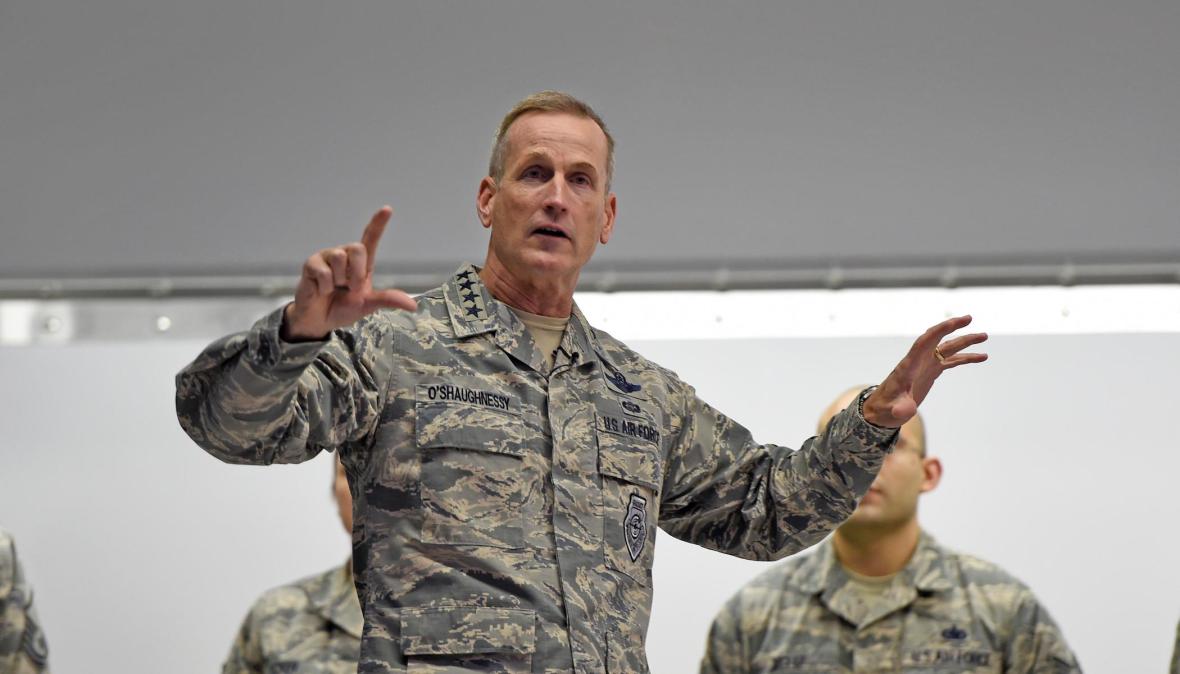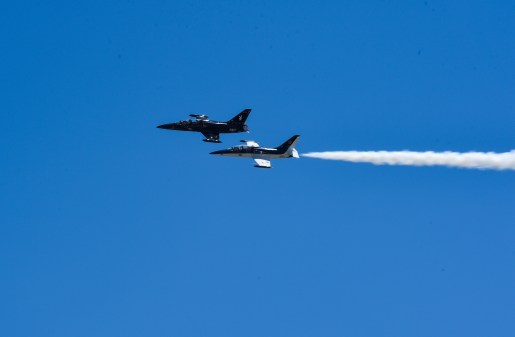AI needs humans ‘on the loop’ not ‘in the loop’ for nuke detection, general says

The general who oversees U.S. defense against incoming missiles and air-based attacks wants to automate detection systems and move humans further out in the decision-making loop to meet the challenge of faster, more powerful weapons, he said Thursday.
“What we have to get away from is … ‘human in the loop,’ or sometimes ‘the human is the loop,’” Gen. Terrence J. O’Shaughnessy, commander of the United States Northern Command and of the North American Aerospace Defense Command (NORAD), said at a Senate Armed Services Committee hearing.
Having a human in the loop means a person still has complete control over starting or stopping any action performed by an intelligent system after receiving a cue.
Instead, O’Shaughnessy wants to move the military toward a “human on the loop” standard, pushing human control farther from the center of the automated decision-making. It would still give humans oversight of an automated system, but the artificial intelligence would jump right into action, not needing human pre-approval as it would with a “human in the loop” design.
Pentagon officials have previously stressed the need to keep a human “in the loop” as a standard for automated systems, but O’Shaughnessy said that the military needs to move “at the speed of relevance” to react to incoming threats. O’Shaughnessy added the need to move faster with machines because of the aggressive pursuit of AI by the Chinese and the Russian, and the speed at which they can move.
Hypersonic missiles are a particular concern, as they can travel 15 times the speed of sound and be fully maneuverable to avoid detection from legacy U.S. homeland security surveillance systems. Automating those systems and integrating sensor data could help speed up reaction time to meet the challenge of hypersonic weapons. But AI is still a long way from being used to alert the military of incoming threats, the general said.
“Stovepiped transmission of data from non-compatible sensors presents a significant impediment to our ability to defend against advanced threats,” O’Shaughnessy said in his opening statement. “By leveraging a cloud architecture, big data analytics, edge computing, artificial intelligence, and machine learning, this network should sense a threat from one node and engage it precisely and expeditiously from another across vast distances and across all domains.”
The Pentagon has been talking a lot about a potential Joint All Domain Command and Control (JADC2) system-of-systems that would integrate data across services and all domains of warfare. The potential of missing an incoming nuclear attack is one of the most striking arguments in support of such a framework.
“[The U.S.] needs to make sure we take advantage of emerging technology,” O’Shaughnessy said.



